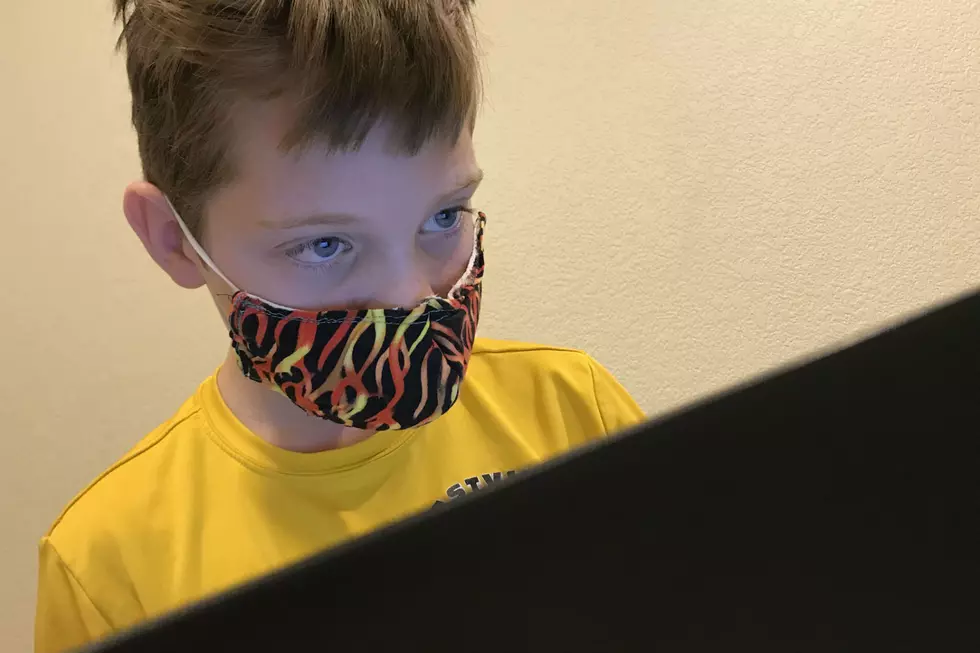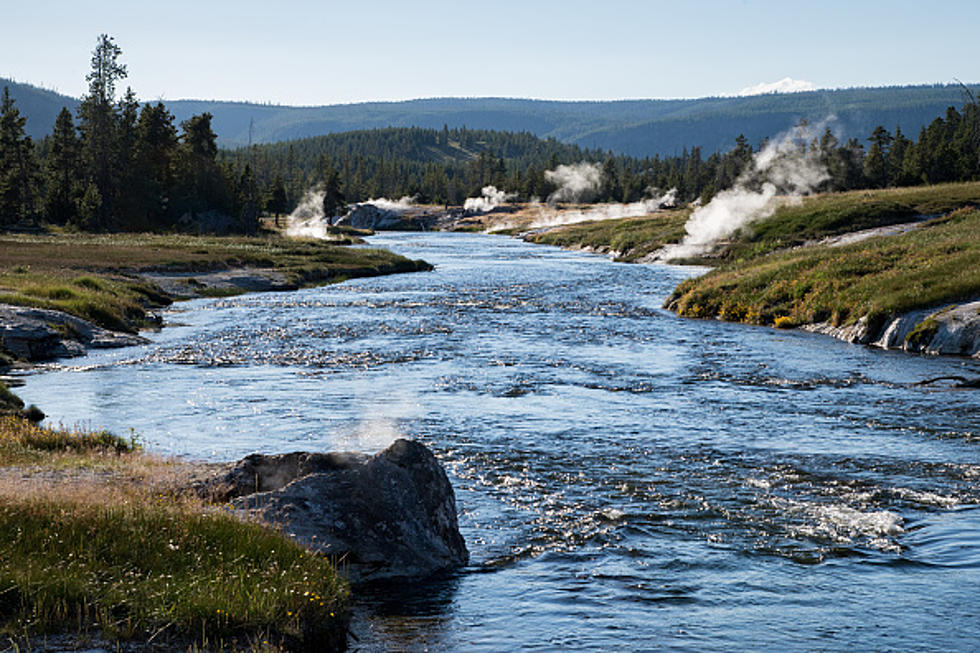
National Park Visitor Spending Benefits Local Communities
Report Finds 2018 Spending Supported 12,300 Wyoming Jobs in Hotels, Restaurants, Transportation, and Recreation
WASHINGTON – As the summer vacation and travel seasons opens, U.S. Secretary of the Interior David Bernhardt announced today that visitor spending in communities near national parks in 2018 resulted in a $40.1 billion benefit to the nation’s economy and supported 329,000 jobs.
According to the annual National Park Service report, 2018 National Park Visitor Spending Effects, more than 318 million visitors spent $20.2 billion in communities within 60 miles of a park in the National Park System. Of the 329,000 jobs supported by visitor spending, more than 268,000 jobs exist in the park gateway communities.
In Wyoming last year, 7.7 million park visitors spent an estimated $928 million in local gateway regions while visiting National Park Service lands in Wyoming. This is down $17 million from 2016, but a big jump of $46 million compared to 2017.
These expenditures supported a total of 12.3 thousand jobs, $359 million in labor income, $651 million in value added, and $1.1 billion in economic output in the Wyoming economy.
Job creation in the tourism industry in the Cowboy State was about the same in 2016 and 2017, but down 1,100 jobs from 2016.
Of the Wyoming jobs created in 2018, 27.3 percent, or 3.360 jobs, were created in the hotel/lodging industry; 22.21 percent, 2,730 in the restaurant sector; and 20.4 percent of the jobs created, or 2,510 jobs, came from secondary effects, the total economic effect of visitor spending in a local economy. Additional jobs and economic activity are supported when businesses purchase supplies and services from other local businesses thus creating indirect effects of visitor spending. Employees use their income to purchase goods and services in the local economy, generating further induced effects of visitor spending.
“This report emphasizes the tremendous impact the national parks have on our nation’s economy and underscores the need to fulfill President Trump's plan to rebuild park infrastructure,” said Secretary Bernhardt. “With 419 sites and at least one in every state, our national parks continue to provide visitors, both local and destination, with in-numerous recreational, inspirational, and world-class experiences.”
“National parks with their iconic natural, cultural and historic landscapes represent the heart and soul of America,” said National Park Service Deputy Director P. Daniel Smith. “They are also a vital part of our nation’s economy, especially for park gateway communities where millions of visitors each year find a place to sleep and eat, hire outfitters and guides and make use of other local services that help drive a vibrant tourism and outdoor recreation industry.”
Economic benefits from visitor spending increased by $2 billion and total output increased by $4.3 billion in comparison to 2017.
As a part of the report, visitor surveys were conducted at 19 parks with the results indicating that people spent more time in the parks, stayed longer in gateway communities and spent more money during their visits.
Lodging expenses account for the largest share of visitor spending totaling nearly $6.8 billion in 2018. Food expenses are the second largest spending area with visitors spending $4 billion in restaurants and bars and another $1.4 billion at grocery and convenience stores.
The peer-reviewed economics report was prepared by economists Catherine Cullinane Thomas and Egan Cornachione of the U.S. Geological Survey and Lynne Koontz of the National Park Service. It includes information by parks and by states on visitor spending, the number of jobs supported by visitor spending and other statistics.
Report authors also produce an interactive tool that enables users to explore visitor spending, jobs, labor income, value added, and output effects by sector for national, state and local economies. Users can also view annual, trend data.
For more state-by-state information about national parks and how the National Park Service is working with communities, go to nps.gov/[statename], for example, http://www.nps.gov/wyoming.
More From 101.9 KING-FM









